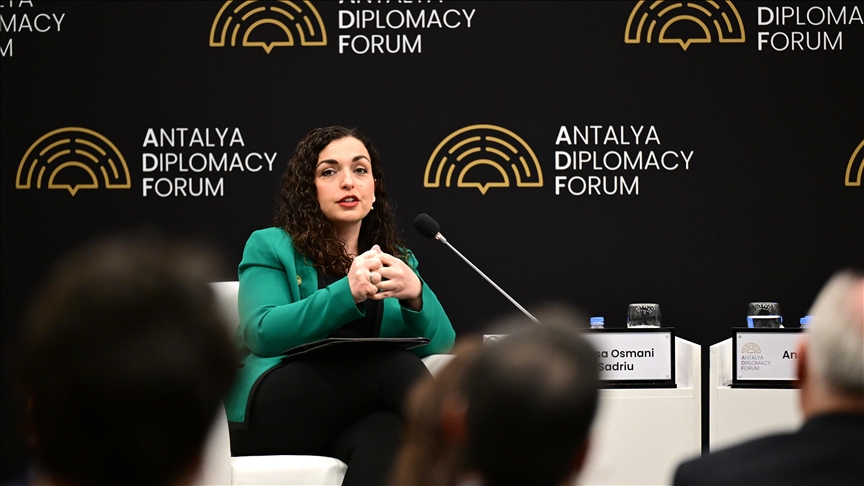Iran Quake Kills At Least 45
The second severe quake to hit Iran in less than six months struck at about 5:00 p.m. ( 13:30 GMT ).
Reports on its magnitude varied, but most said it measured at least 6.1 on the Richter scale, reported Agence France-Presse (AFP).
The quake epicenter was in the Mazandaran province town of Baladeh, 70 kilometres (43 miles) north of the capital Tehran and an official said it caused major damage to at least 80 villages in one of the worst-hit provinces.
"Most people were killed on the road by landslides caused by the earthquake," Marzieh Obouri, a spokesman for the Mazandaran provincial government, told the state-run IRNA news agency.
State television earlier reported the quake also shook several villages in Ghazvine province.
Eighty villages in Ghazvine suffered between 20 and 100 percent damage, provincial Governor Massoud Emami told state television, citing "victims."
Some 30 houses were also reported to have been destroyed, injuring eight residents, in the Mazandaran city of Kelardasht , 80 kilometres north of Tehran , while more injuries were reported near Chalous, also in Marzanabad.
State television later said there was an aftershock measuring 4.4 on the Richter scale.
The quake caused panic in Tehran , where people ran into the streets in fear and some of them spent their night in the open.
It was felt throughout the north, where there were reports of severe damage to roads and as well as power and telephone outages.
"We have sent our teams to the villages and we are waiting to see what they bring back so that we can evaluate the damage more precisely," interior ministry spokesman Jahanbakhsh Khanjani told AFP.
The geophysical institute at Tehran University put the quake’s magnitude at 5.5 on the Richter scale, while the Strasbourg seismic observatory put it at 6.1.
The U.S. National Earthquake Information Center in Denver , Colorado , said it was 6.2.
Temblors of between 6.1 and 6.9 on the Richter scale can cause destruction in built-up areas up to about 100 kilometers (63 miles) from the epicenter.
Tehranis are especially worried since experts have said a strong earthquake in the teeming capital could kill up to a million people.
They cite congestion, the chaotic urban layout and shoddy construction of many buildings.
Iran lies on some of the world’s most active seismic fault lines, and quakes are common.
In December, a massive quake measuring 6.7 on the Richter scale razed the southeastern Iranian city of Bam killing an estimated 26,000 people.
Bam’s ancient citadel, a world architectural heritage site, was leveled by the tremor.
During the 20th century, around 20 big quakes hit Iran , leaving more than 140,000 dead, according to AFP.



